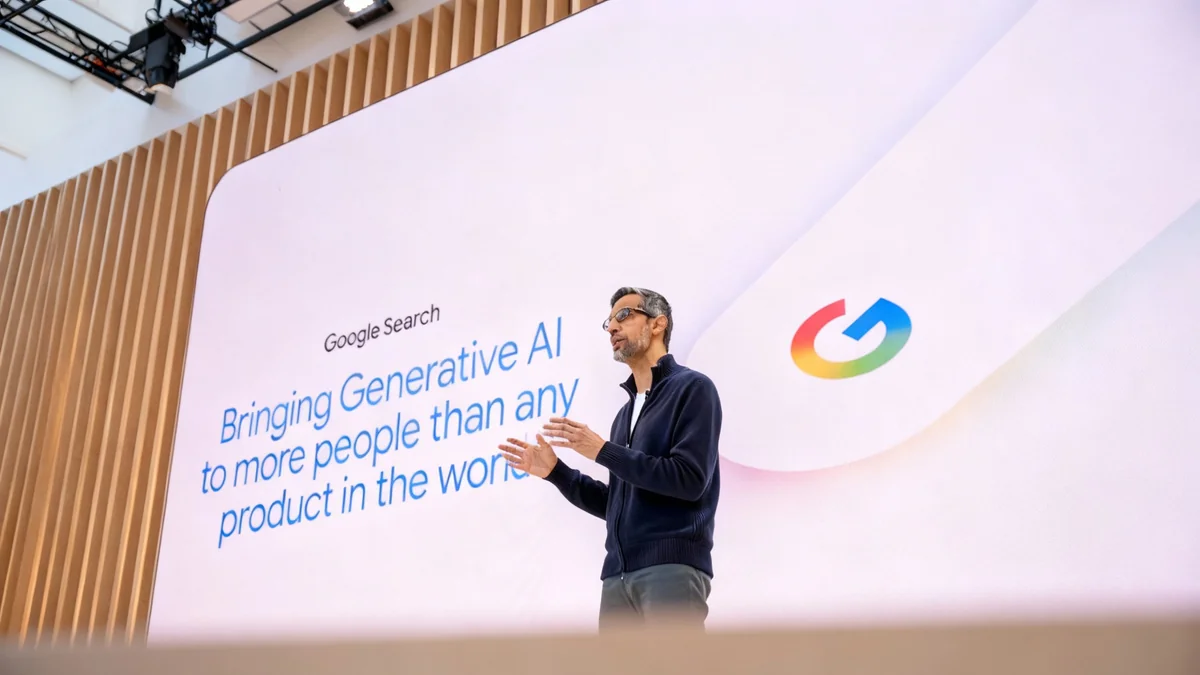Supermemory, a startup developing a universal memory API for artificial intelligence applications, has successfully raised $2.6 million in a seed funding round. The company, founded by 19-year-old Dhravya Shah, aims to solve the critical issue of limited long-term memory in AI models by providing a persistent context layer for applications.
The funding round was led by Susa Ventures, Browder Capital, and SF1.vc. It also attracted notable individual investors from major technology companies, including Cloudflare, Google, OpenAI, and Meta, signaling strong industry confidence in the company's approach to enhancing AI capabilities.
Key Takeaways
- Supermemory has raised $2.6 million in seed funding to develop a memory layer for AI applications.
- The technology is designed to give AI models persistent memory, allowing them to recall information across multiple sessions.
- The company was founded by 19-year-old Dhravya Shah, a former Cloudflare intern and developer relations lead.
- Investors include Susa Ventures, Browder Capital, and key executives from Google AI, Deepmind, and OpenAI.
- The platform processes unstructured, multimodal data to create personalized knowledge graphs for users.
Addressing a Core AI Limitation
Modern AI models, despite their impressive capabilities, often struggle with long-term context retention. Their operational memory, known as the "context window," is typically limited to a single interaction or session. Once a session ends, the information is lost, forcing users to re-establish context in subsequent conversations.
Supermemory was created to address this fundamental challenge. The platform functions as a universal memory API, enabling AI applications to build a persistent knowledge base from user data. This allows an AI to "remember" past interactions, preferences, and information over extended periods.
The Problem of AI Memory
AI models process information within a specific 'context window.' While these windows have grown larger, they are not permanent. This means an AI might forget the details of a conversation from a day ago, or even from the beginning of a very long interaction. Supermemory's goal is to create an external, long-term memory that any AI application can access to maintain continuity.
The system is designed to ingest and process a wide variety of unstructured data. This includes text files, documents, chat logs, project management data, emails, and PDFs. By analyzing this information, Supermemory constructs a personalized knowledge graph for each user, providing AI applications with relevant context on demand.
From Side Project to Funded Startup
The journey of Supermemory began with its founder, Dhravya Shah. Originally from Mumbai, India, Shah developed an interest in building consumer-facing applications and bots several years ago. One of his early successes was a bot that converted tweets into formatted screenshots, which he sold to the social media management tool Hypefury.
The proceeds from this sale altered his academic path. Instead of pursuing admission to the prestigious Indian Institute of Technology (IIT), Shah decided to move to the United States and enroll at Arizona State University. There, he embarked on a personal challenge to build a new project every week for 40 consecutive weeks.
A Prolific Builder
Dhravya Shah's commitment to building 40 projects in 40 weeks led directly to the creation of Supermemory. The tool was initially named "Any Context" and started as a simple application for chatting with saved Twitter bookmarks before evolving into its current form.
During this period of rapid creation, Supermemory was born. After putting the initial version on GitHub, Shah's career took him to Cloudflare, where he started as an AI and infrastructure intern in 2024 and later became a developer relations lead. It was during his time at Cloudflare that mentors, including CTO Dane Knecht, encouraged him to develop Supermemory into a commercial product.
Earlier this year, Shah made the decision to leave his position and focus on building Supermemory full-time, a move that quickly led to securing significant seed funding.
How Supermemory Technology Works
Supermemory's core function is to extract meaningful insights, or "memories," from diverse data sources and make them accessible to AI applications. The platform's ability to handle multimodal inputs makes it versatile for a range of uses.
"Our core strength is to extract insights from any kind of unstructured data and give the apps more context about users. As we work across multimodal data, our solution is suitable for all kinds of AI apps ranging from email clients to video editors," Shah explained.
For example, a writing or journaling application integrated with Supermemory could allow a user to query entries from months ago. An email client could use it to search for specific information across an entire archive based on conversational context rather than just keywords.
Key Features and Integrations
The platform offers several tools to help users and developers build this memory layer:
- Data Ingestion: Connects to services like Google Drive, OneDrive, and Notion to import existing data.
- Chat and Notes: Users can directly add memories through a chatbot interface, text notes, or by uploading files and links.
- Chrome Extension: A browser extension allows for easy saving of information from websites.
- Multimodal Support: The system is not limited to text; it can also process visual data, which is being tested with a robotics company to help robots retain visual memories.
The company claims its architecture provides a key competitive advantage: low latency. According to investor Joshua Browder, "More and more AI companies will need a memory layer. Supermemory’s solution provides high performance while allowing you to surface relevant context quickly."
Investor Confidence and Market Position
The $2.6 million seed round demonstrates strong belief in both Shah's vision and the growing need for memory solutions in the AI industry. The list of investors includes prominent figures who are deeply involved in the development of artificial intelligence.
Notable individual investors include:
- Jeff Dean, Chief Scientist at Google AI
- Dane Knecht, Chief Technology Officer at Cloudflare
- Logan Kilpatrick, product manager at Deepmind
- David Cramer, founder of Sentry
- Executives from OpenAI, Meta, and Google
Joshua Browder, founder of DoNotPay and head of Browder Capital, was particularly impressed by Shah's execution speed. "I connected with Dhravya over X, and what struck me was how quickly he moves and builds things, and that prompted me to invest in him," Browder stated.
Supermemory has already secured several customers, including the a16z-backed desktop assistant Cluely, AI video editor Montra, and AI search tool Scira. The company faces competition from other startups in the AI memory space, such as Letta and Mem0. However, Shah believes Supermemory's focus on low latency and broad, multimodal data support will set it apart in a rapidly expanding market.





